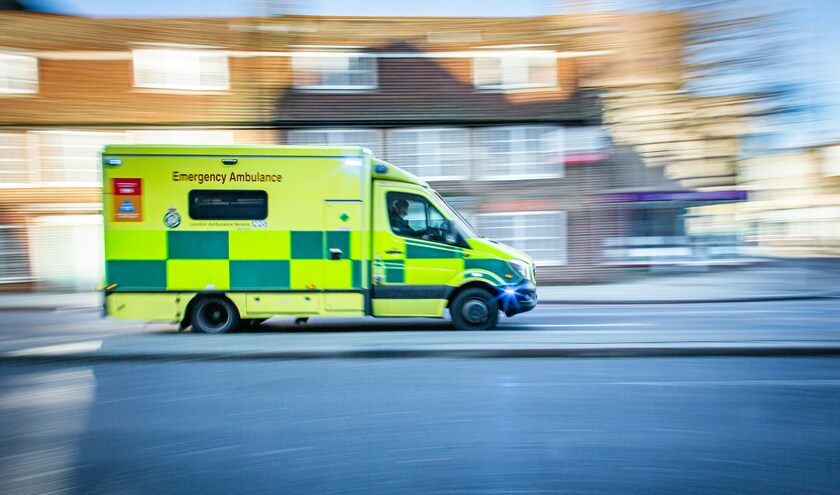The analysis by MattressNextDay found patients waited an average of five hours or more in 2025 with just one in four trusts meeting the four-hour standard.
A Department of Health and Social Care spokesperson said: ‘We do not recognise these figures but it is clear we inherited an emergency care system on its knees.
‘We're turning this around through our Plan for Change, with more than 76% of A&E patients seen within four hours in July despite rising demand.
‘We are investing £450m in new ambulances and urgent care facilities to speed up treatment, while encouraging people to get flu and Covid jabs to ease pressure on the NHS this winter.'
The statistics focus on trusts with the most delays during unsociable hours with 7.4m patients waiting 3 hours or more to be seen in A&E between the hours of 11 pm and 6 am since 2020.
Royal Free London NHS Foundation Trust recorded the highest number of patients waiting 3 hours or more during the hours of 11 pm and 6 am.
Martin Seeley, senior sleep expert at MattressNextDay, said: ‘Anyone who has spent the night in hospital will know how difficult it is to have a good night's sleep, with 30-50% of hospital patients reporting severe sleep disturbance. Yet, patients are now forced to sleep on corridors or floors across NHS hospitals before even being admitted, with millions waiting more than 24 hours to be treated or facing prolonged delays between the unsociable hours of 11 pm and 6 am.
‘This crisis is not only for patients, but for staff too. Sleep deprivation is known to increase agitation and irritability, posing an increased risk of threats, abuse or even violence against NHS staff. It's clear the nation's sleep is stretched by prolonged NHS waits, leading to poor patient outcomes and putting further strain back onto an already stretched healthcare system.'



